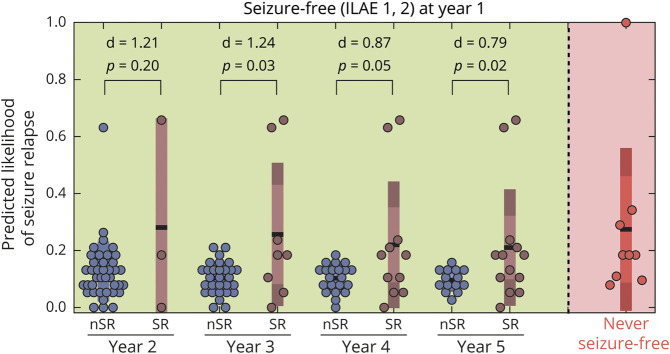Figure 6. Predicted Likelihood of Seizure Relapse at 1 Year Was Higher in Patients Who Had Seizure Relapse at Later Years.
The predicted 12-month likelihood of seizure relapse was estimated from the support vector machine model trained with only the surgically spared node abnormality feature. The likelihood of seizure relapse for patients who were never seizure-free (i.e., ILAE 3–5 at year 1) is shown in red. Among the patients who were initially seizure-free (i.e., ILAE 1 or ILAE 2 at year 1), higher likelihood of seizure relapse was predicted for those who had a subsequent relapse. This is despite the model being blinded to the outcomes at later years. Year 2 statistical estimates: no relapse (n = 39) median 0.10 (95% confidence interval [CI] 0.08–0.13); relapse (n = 3) median 0.18 (95% CI 0–0.66); p = 0.20; d = 1.21 (95% CI −0.78 to 9.08). Year 3 statistical estimates: no relapse (n = 29) median 0.11 (95% CI 0.08–0.13); relapse (n = 8) median 0.18 (95% CI 0.05–0.63); p = 0.03; d = 1.24 (95% CI −0.19 to 2.84). Year 4 statistical estimates: no relapse (n = 21) median 0.11 (95% CI 0.08–0.13); relapse (n = 11) median 0.18 (95% CI 0.05–0.41); p = 0.05; d = 0.87 (95% CI −0.16 to 1.7). Year 5 statistical estimates: no relapse (n = 14) median 0.09 (95% CI 0.08–0.13); relapse (n = 13) median 0.18 (95% CI 0.11–0.24); p = 0.02; d = 0.79 (95% CI 0.12–1.3). nSR = No seizure relapse; SR = Seizure relapse.

